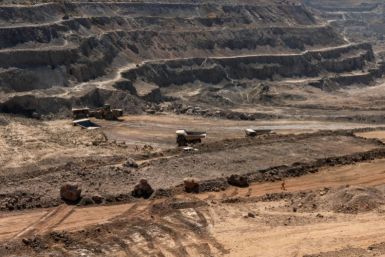Botulism Scare: Veterinarian Says Bacteria Not from Dirty Pipe, Has Proof Which Could Further Embarrass Fonterra
As the New Zealand government prepares to hold its own inquiry into Fonterra's botulism scare, a farm consultant who is also a veterinarian is casting doubt on reports that the bacterial contamination was due to a dirty pipe.
Frank Rowson, a farm performance consultant and Matamata veterinarian, said he has acquired material that will cause more shame to New Zealand's dairy giant. Mr. Rowson said Fonterra should not blame the dirty pipes as the company previously suspected. The source of the Clostridium botulinum bacterium, according to Mr. Rowson, must be traced back to Fonterra's farms or the water supply.
Mr. Rowson was not sold on the idea that the bacteria came from an old pipe from the dairy giant's Hautapu plant. The veterinarian said the Clostridium botulinum bacteria had to come from somewhere.
He is set to attend a meeting with the Fonterra's Risk Manager Lindsay Burton and Claire Bleakly, president of GE Free New Zealand. Mr. Rowson was planning to discuss the dangers of glyphosate contamination to the food chain.
Mr. Rowson wanted to meet with Fonterra officials as soon as possible. Botulism is said to originate in contaminated animal feeds and manure. There are research studies around the world to prove what he was saying.
The studies suggests that the continued use of GM feeds and increased doses of glyphosate herbicides can increase the risk of botulism bacteria contamination in dairy cattle, pigs and poultry. The neurotoxin that triggers the disease will go through the food chain then into the milk.
Mr. Rowson believed that the grains or soy mixed in rations and maize silage feeds were the most likely to be the source of botulism bacteria. There may also be small areas of contamination in the wrapped silage. Neurotoxins were not destroyed because heat was not enough.
Mr. Rowson explained that the dirty pipe blamed by Fonterra may have been contaminated by the water supply or the cows. Once bacteria came in contact with the pipe, it could easily multiply. Therefore, Fonterra should be tracking the origin of contamination to their farms or water supply.






